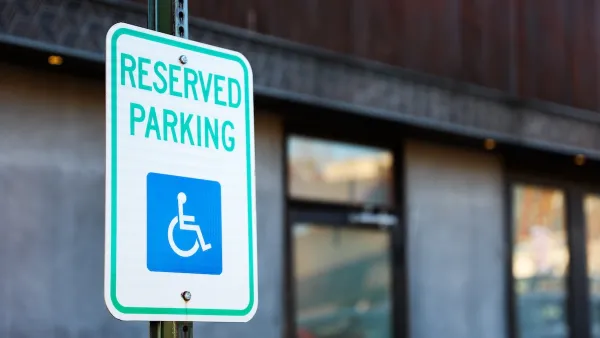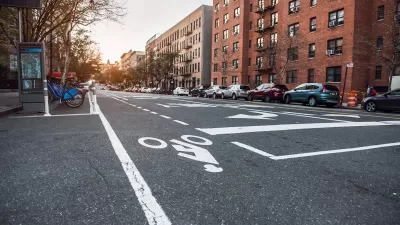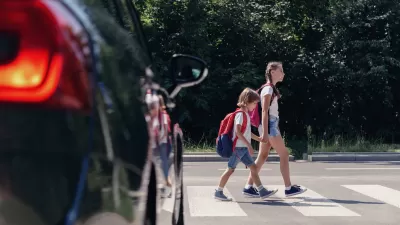For people with disabilities or limited mobility, a lack of safe infrastructure can cause significant disruptions, delays, and safety hazards.

Writing in Next City, Anna Zivarts, director of the Disability Mobility initiative at Disability Rights Washington, stresses the significance of improving road conditions for people with disabilities.
As Zivarts points out, “I hate the term ‘vulnerable road users’ because of its paternalism and the agency it takes away from those of us outside of vehicles, but the reality is we are less safe than the people in vehicles.”
Maybe there’s no stoplight, no stop sign, no crosswalk or curb ramps. Maybe there is a light but there’s no audible signal or the countdown isn’t long enough, especially if we have to dodge cars making right turns. Maybe we know cars go too fast and regularly blow through lights, and we’ve been hit or almost hit, or know someone who has.
For Zivarts, making conditions safer for people with disabilities means improving roads for everyone and “fighting for every street to be somewhere you want to walk or roll along.” Zivarts points to traffic calming projects that slow traffic in neighborhoods to make streets safer for non-drivers. In Seattle, for example, the city employs one-way streets in some neighborhoods to reduce vehicle speeds. Zivarts posits that this type of strategy should be employed at a larger scale. “What if slow speed streets were the default for our cities?”
FULL STORY: It’s Not Just Highways. The Time For Street Reform Is Now.

Maui's Vacation Rental Debate Turns Ugly
Verbal attacks, misinformation campaigns and fistfights plague a high-stakes debate to convert thousands of vacation rentals into long-term housing.

Planetizen Federal Action Tracker
A weekly monitor of how Trump’s orders and actions are impacting planners and planning in America.

In Urban Planning, AI Prompting Could be the New Design Thinking
Creativity has long been key to great urban design. What if we see AI as our new creative partner?

King County Supportive Housing Program Offers Hope for Unhoused Residents
The county is taking a ‘Housing First’ approach that prioritizes getting people into housing, then offering wraparound supportive services.

Researchers Use AI to Get Clearer Picture of US Housing
Analysts are using artificial intelligence to supercharge their research by allowing them to comb through data faster. Though these AI tools can be error prone, they save time and housing researchers are optimistic about the future.

Making Shared Micromobility More Inclusive
Cities and shared mobility system operators can do more to include people with disabilities in planning and operations, per a new report.
Urban Design for Planners 1: Software Tools
This six-course series explores essential urban design concepts using open source software and equips planners with the tools they need to participate fully in the urban design process.
Planning for Universal Design
Learn the tools for implementing Universal Design in planning regulations.
planning NEXT
Appalachian Highlands Housing Partners
Mpact (founded as Rail~Volution)
City of Camden Redevelopment Agency
City of Astoria
City of Portland
City of Laramie





























